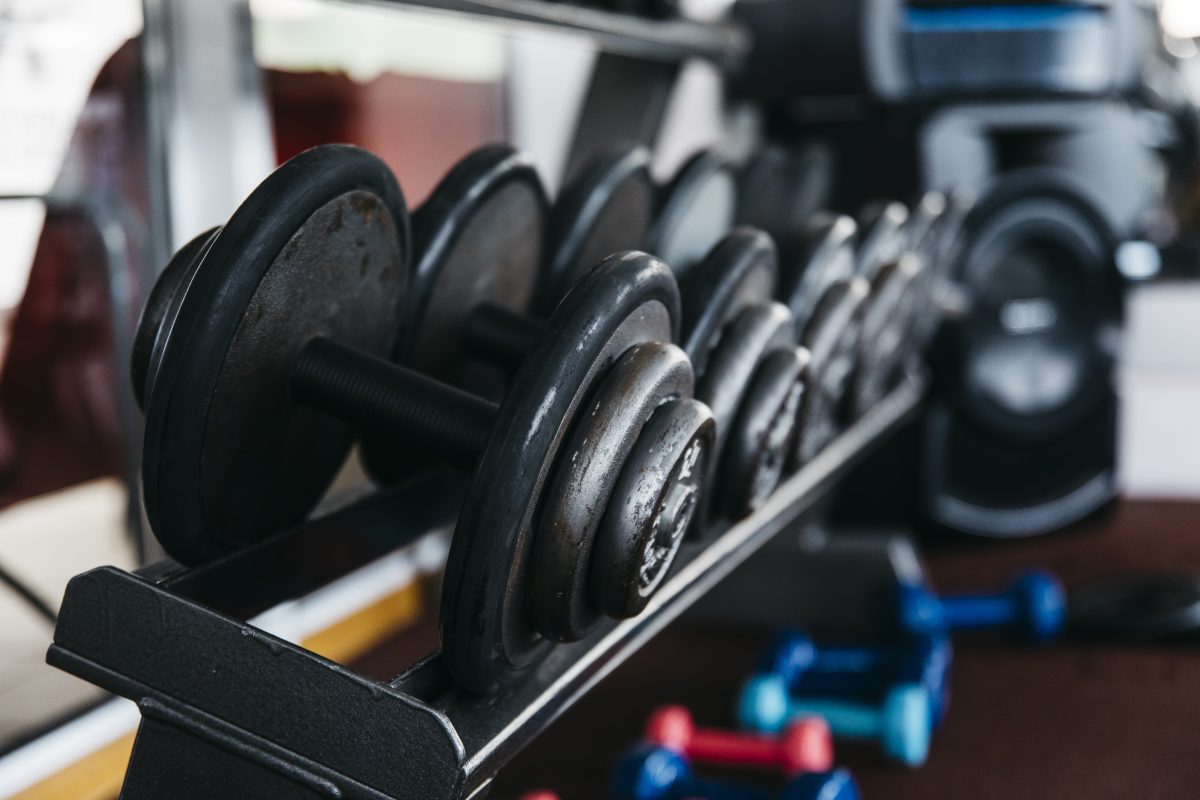Preventing STIs: The Risks of Chlamydia at Gyms
Staying safe at the gym goes beyond wiping down equipment. While working out, you might wonder about the risks of STIs like chlamydia in such public spaces. Knowing that millions face new chlamydia infections each year globally helps grasp its reach and impact.
Understanding Chlamydia Transmission Risks
Chlamydia spreads through sex, not from gym gear. Yet, many don’t know they have it because symptoms can be mild or absent. For women, this might mean unusual discharge or pain in the lower belly; for men, discomfort in the testicles and penile discharge could signal trouble.
Using condoms helps stop chlamydia’s spread during sex. In 2020 alone, over 128 million adults worldwide caught it, most often those under 25 years old. Though rare strains affect other areas like eyes and throat without clear signs of illness.
If ignored, complications grow severe: pelvic issues for some women leading to infertility; joint swelling and eye problems too. Easy tests find chlamydia so doctors can treat quick with antibiotics, stopping worse health woes.
Chlamydia Myths Debunked: Gym Exposure
Let’s clear the air about gym gear and chlamydia. You might worry, thinking sweat or sitting where someone else did could expose you to STIs like chlamydia. Rest easy, this is a myth; these fears don’t match reality.
Truth told, while touching workout equipment follows with risks of colds or flu due to shared surfaces, it’s not how sexually transmitted diseases spread. Chlamydia needs close personal contact for transmission, think intimate encounters, not a brush against a barbell or bike seat. Remember that half out there by 25 have had an STD once but from sexual acts alone.
So keep fit without fear at your local gym!
Safe Practices at the Gym
Keep safe at the gym to steer clear of germs at the gym. First off, wipe down machines before and after you use them – it’s easy but big for stopping germs. Make sure your hands are clean too; wash them well with soap often, especially after touching gear or surfaces that get lots of contact.
Don’t share water bottles, towels, or clothes, what’s yours is yours alone here. If you’ve got cuts or scrapes, cover them up good before heading to work out; open sores can be a way in for bacteria and viruses. And hey, think about wearing shoes in the shower area because those floors can have more than just water on them.
Protecting Yourself from STIs While Exercising
When working out at the gym, take charge of your health. Staying mindful of your health at the gym goes beyond muscle strains. Shared equipment can host bacteria, such as Chlamydia trachomatis. You protect yourself by wiping down machines before and after use and keeping personal items clean.
If you’re sexually active, regular screenings are key, STDCheck offers discreet tests to ensure peace of mind. Don’t let a workout put your health at risk; stay informed, practice good hygiene, and get tested regularly with trusted services like STDCheck for safe fitness habits.
Medically Reviewed by William Terranova, MD on April 25, 2024
Secure and Confidential
STD testing services
The fastest results possbile - available in 1 to 2 days

Tagged
Categorized As
Author: STD Check Editorial Team
At STDCheck.com, we go to great lengths to ensure quality content. We’re using our own collection of data. It is not bought or made up for “click-bait” purposes. We don’t entice traffic with cheesy graphics or raunchy headlines. Our information is to promote STD testing, educate people, let go of social stigmas, and bring awareness. We also provide a completely confidential atmosphere through private testing. When we produce an article, it is fact-based. We check it with medical advisors that approve it. Our staff consists of doctors and other medical professionals who peer review the content we make available on STDCheck.com. From all over the world, we have sourced the best and the brightest content developers, including medical professionals, marketing engineers, data scientists, content specialists, and media relations.




